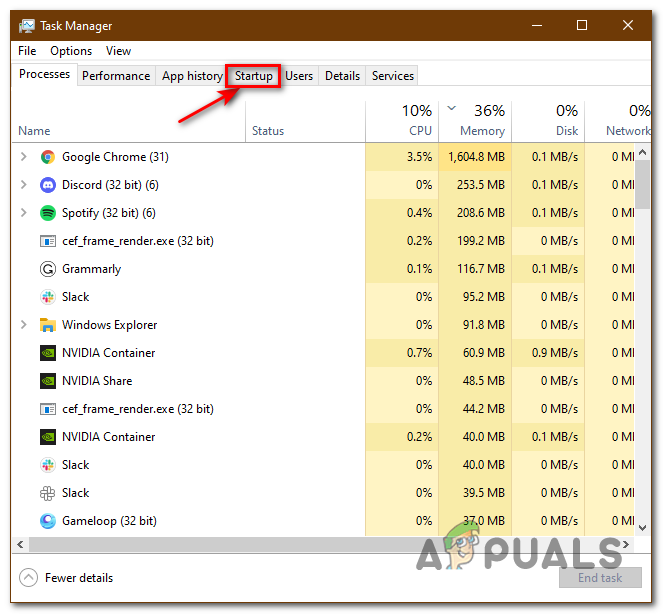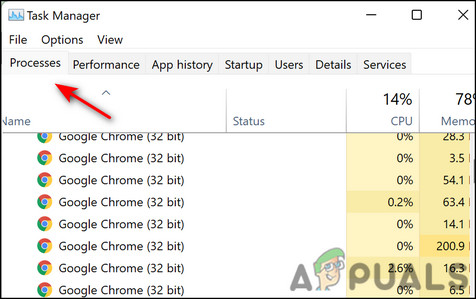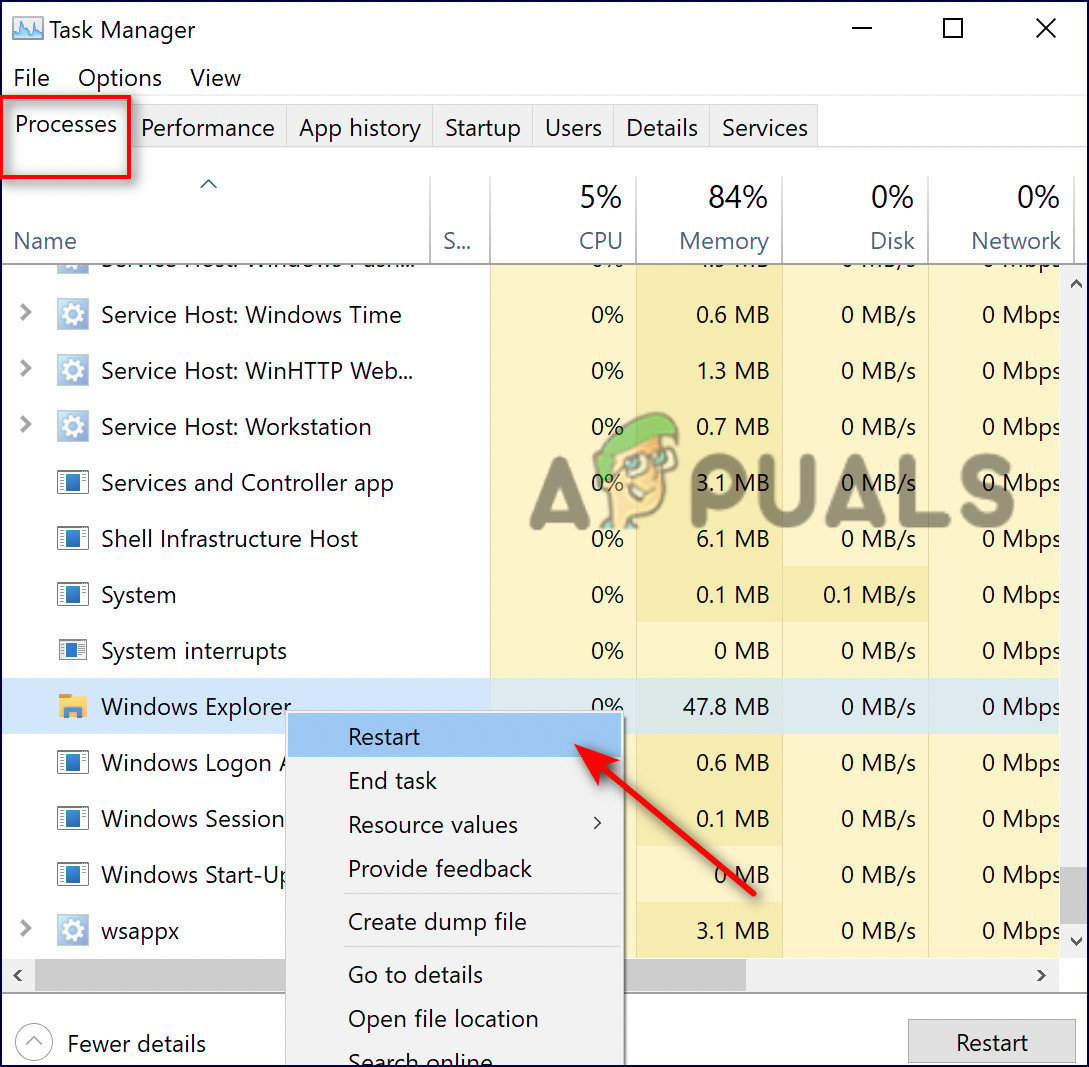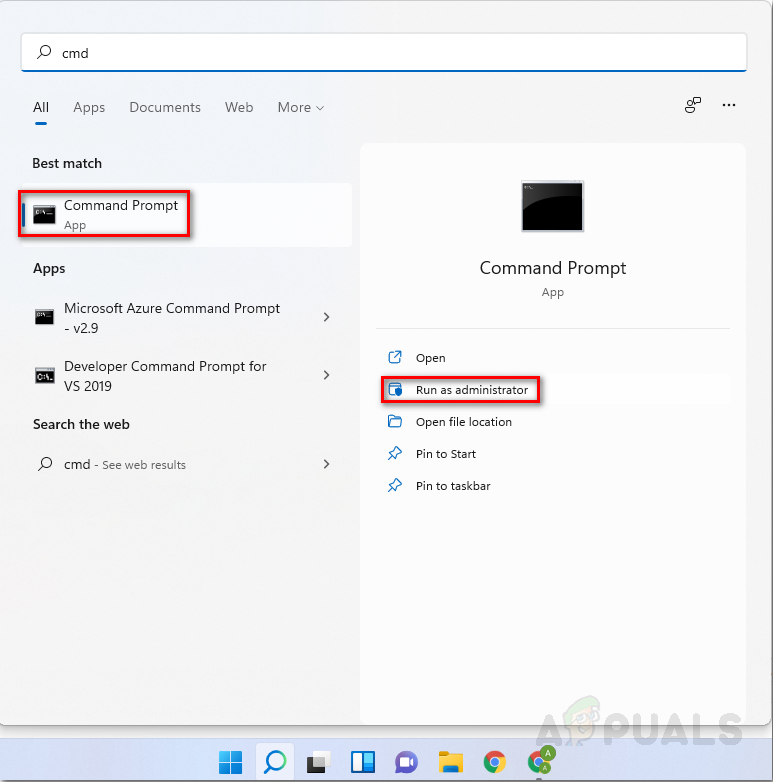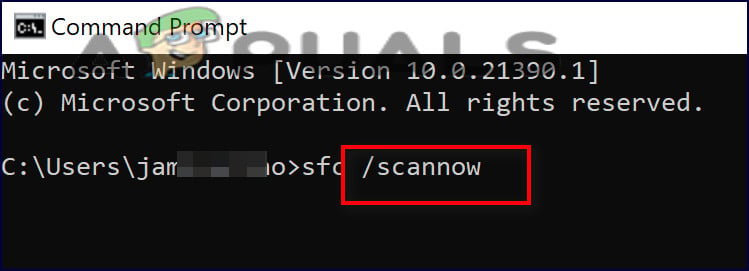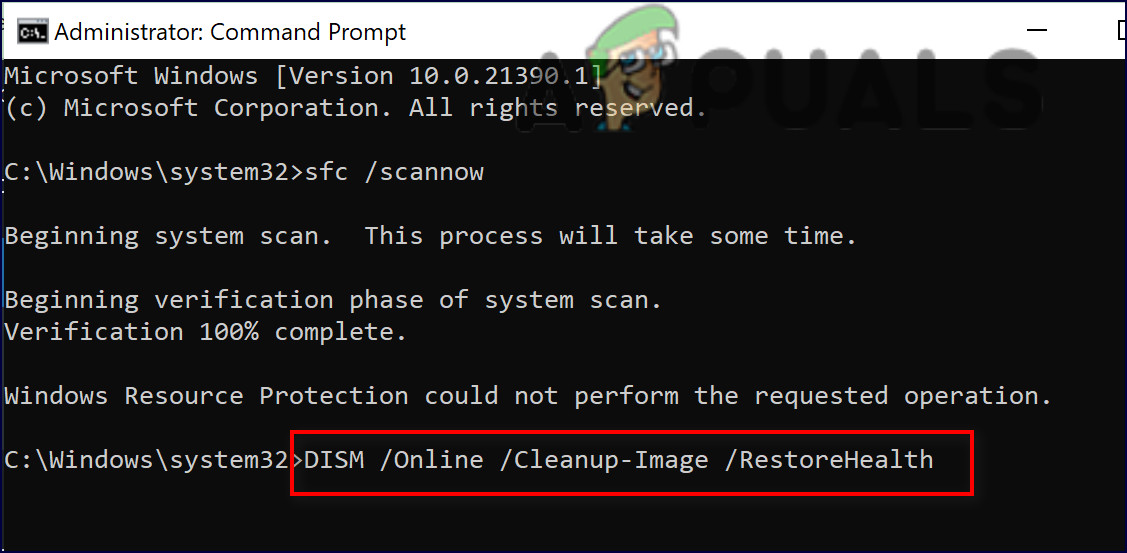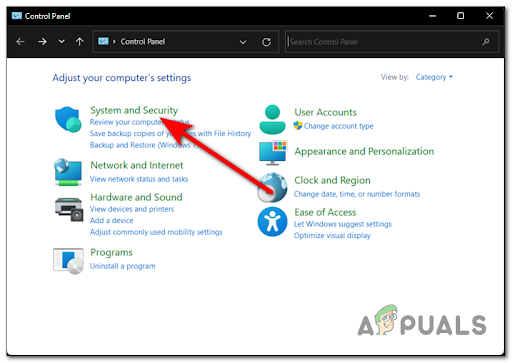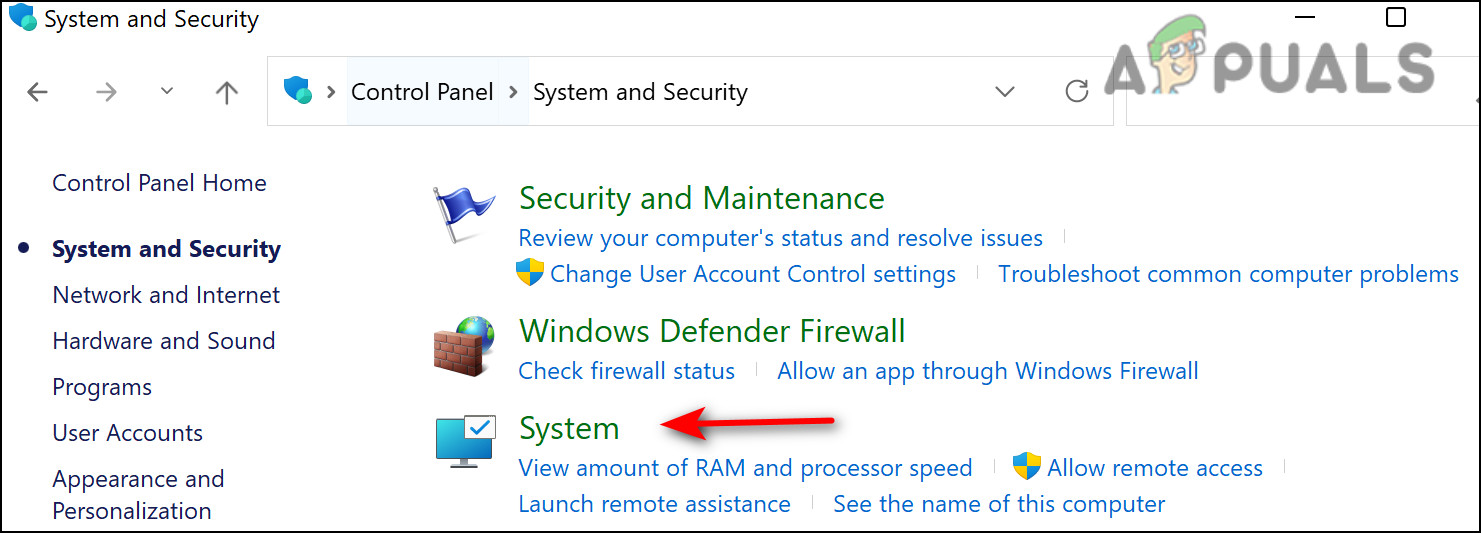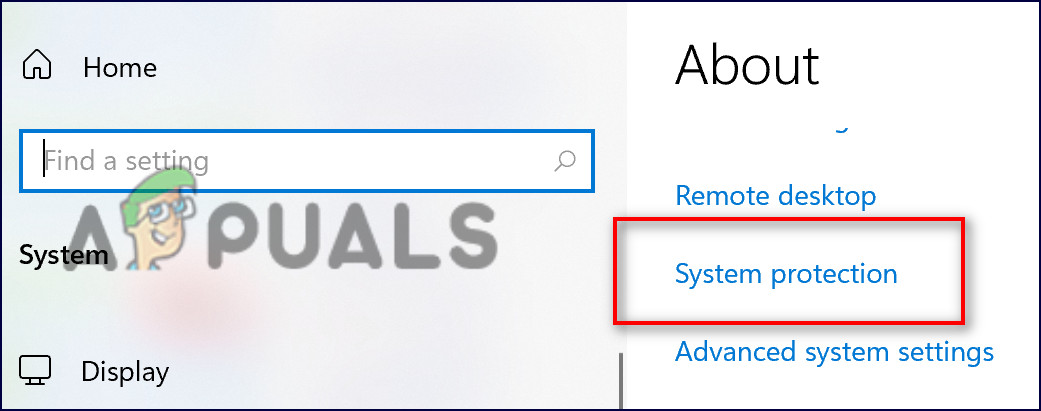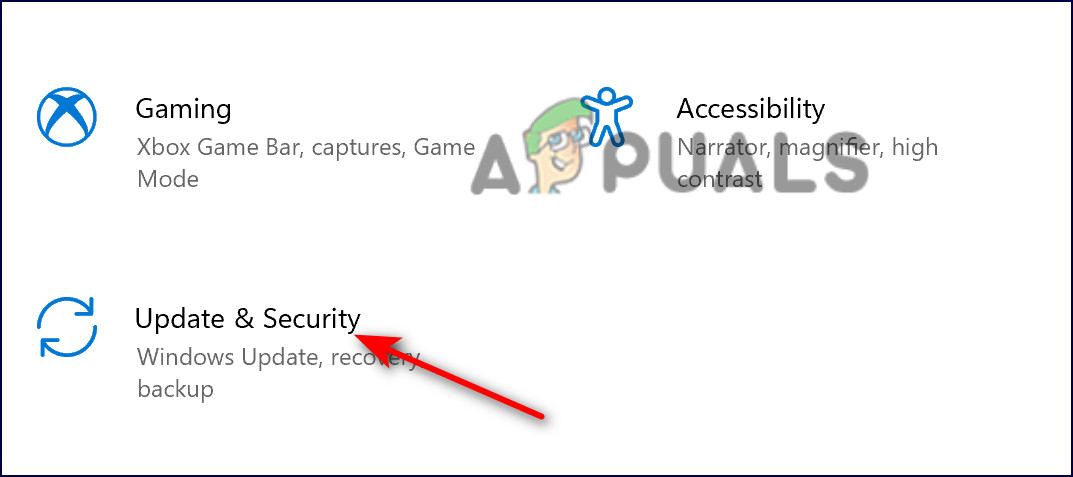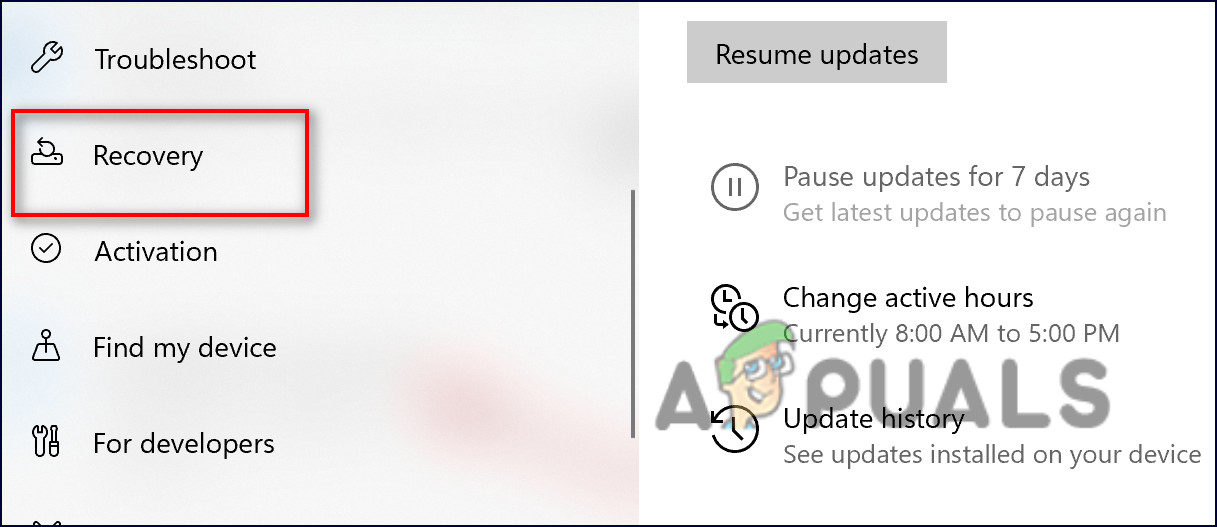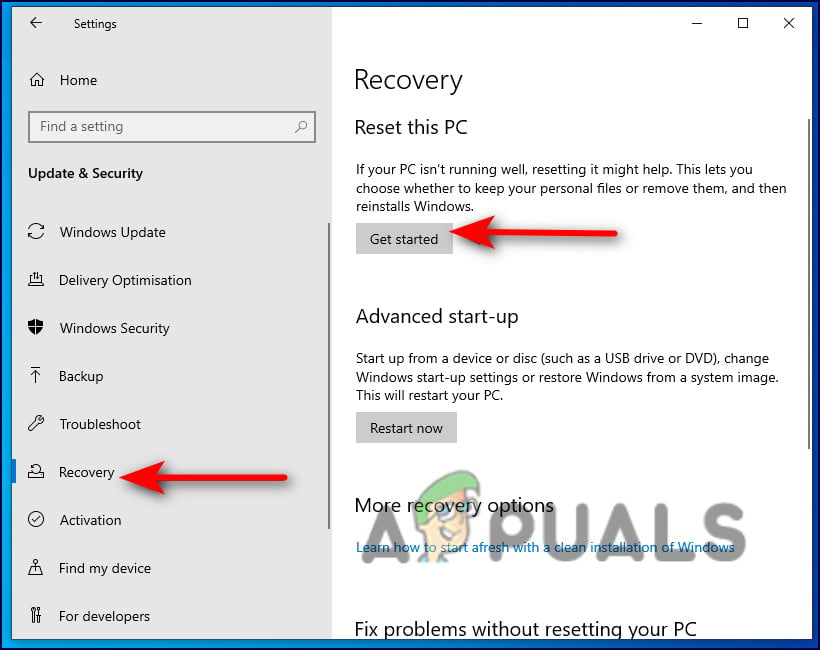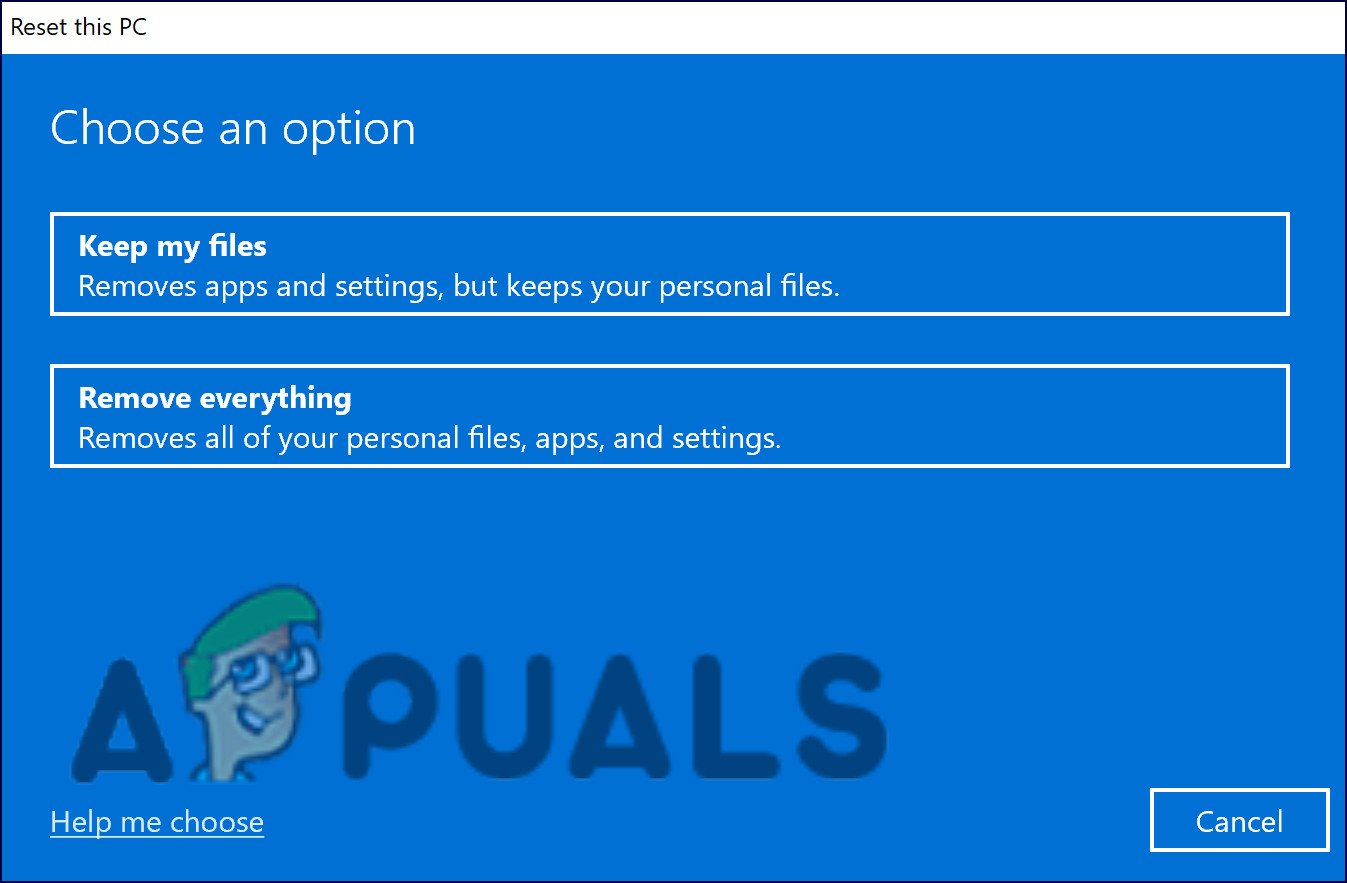Restart Windows Explorer
If you cannot find the startup apps in the Task Manager, then the first thing that you need to do is restart the Explorer application. Oftentimes, Windows programs get infected with temporary bugs and corruption errors, which prevents them from working properly. Fortunately, the solution to this is easy, as all that you need to do is restart the application. Here is how you can do that:
Run SFC and DISM Scans
As mentioned earlier, corruption errors within the operating system can cause the startup apps to disappear from the Task Manager. The good news is that Windows comes with several built-in troubleshooting utilities that can check the system and files for errors, as well as fix them. Two such utilities are SFC (System File Checker)and DISM (Deployment Image Servicing and Management), which can replace corrupted system files with healthy counterparts and replace failing storage sectors with unused equivalents. You do not need to connect to the internet to use System File Checker. By using a locally cached archive with backup system files, this tool replaces the corrupted file with its healthy counterpart. You will need Internet access in order to use DISM. Due to the fact that DISM replaces corrupt files with equivalent healthy ones, it is necessary.
Create a Startup Folder
You might also be facing the issue if the Startup folder is not present in the File Explorer of your Windows operating system. If this folder is missing, your operating will not be able to identify any of the startup apps, and hence the error. Here is how you can check if the Startup folder is present in File Explorer and create it if it’s not:
Use System Restore
A restore point is essentially a snapshot of your PC’s software, registry, and driver configuration at a particular point in time. This will allow you to return your PC to a previous point in time when no errors were present as the one at hand. Here is how to revert the system back to a previous state when the error didn’t exist:
Reset PC
You can also try resetting your PC to resolve the issue at hand. Upon resetting a Windows 10 computer, the operating system returns to the state it was in before it was started. A third-party application that was not installed by default is uninstalled, and all changes to the computer’s preferences and settings are wiped out. Besides giving your computer a fresh start, resetting your Windows 10 computer can help if you are experiencing software problems. In a significant number of cases, problems with Windows 10 are only resolved by completely resetting the computer. Here is what you need to do: You’ll need to wait a few minutes for the computer to restart after clicking Reset. In the event that you are presented with a screen that contains three options and asks you to choose one, click Continue. Hopefully, you will be able to identify the startup apps after resetting your PC.
How to Fix Background Images Not Appearing on Lock Screen After Anniversary…Fix: Deleted Picture Appearing in Lock Screen on Windows 10How to Fix Local Disk E Randomly Appearing on Windows 10How to get Rid of Accuweather box appearing on Screen
